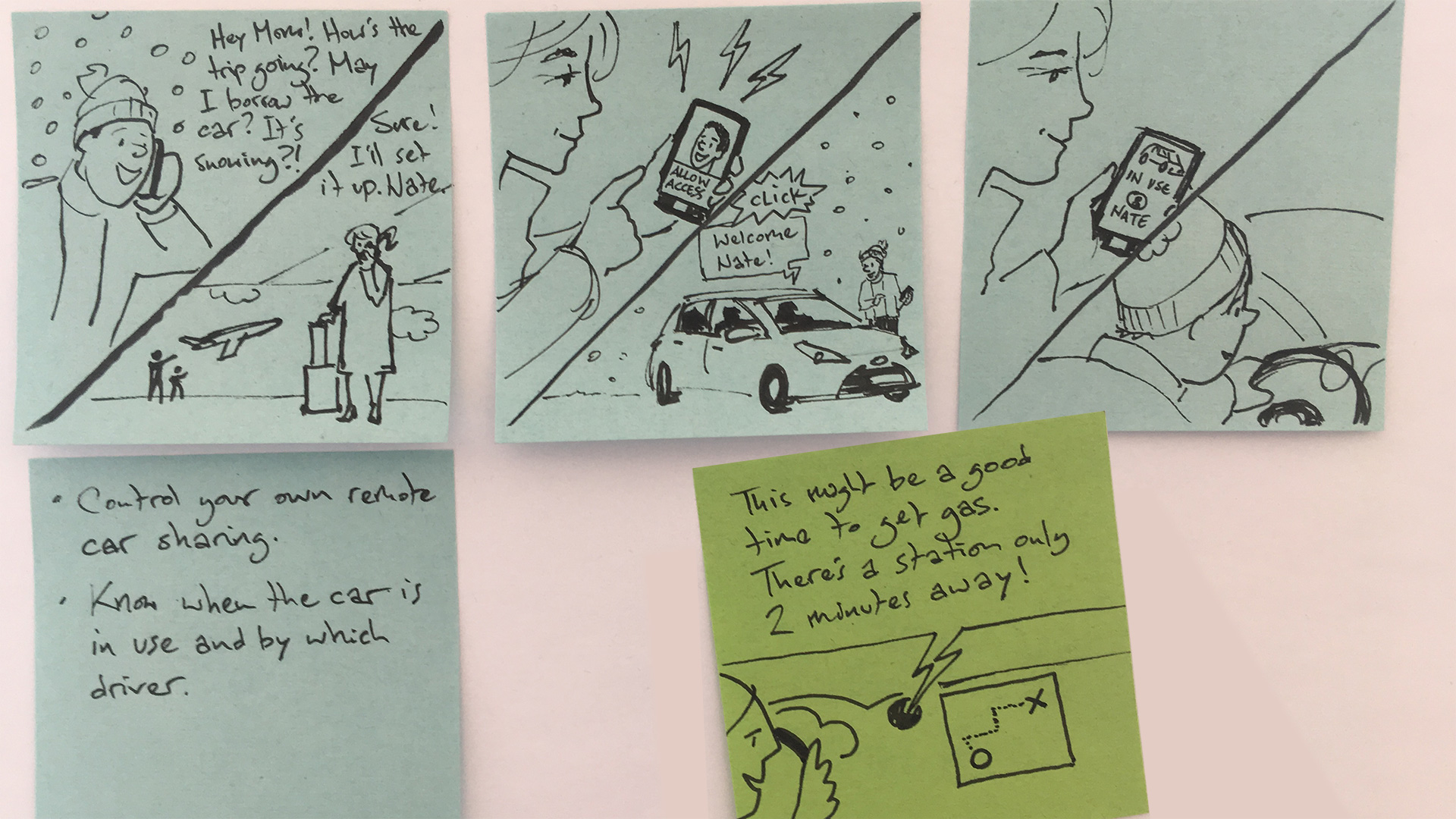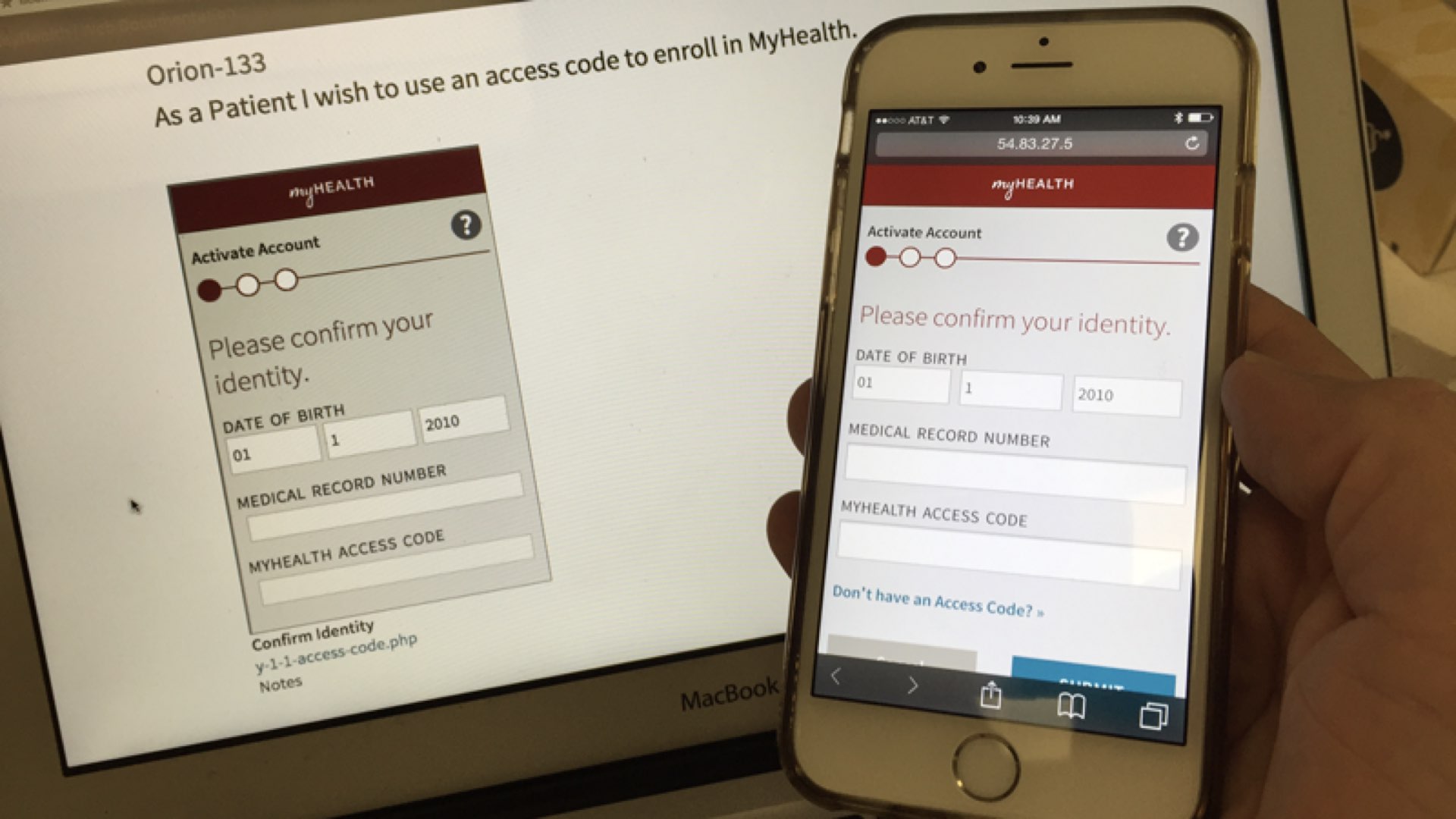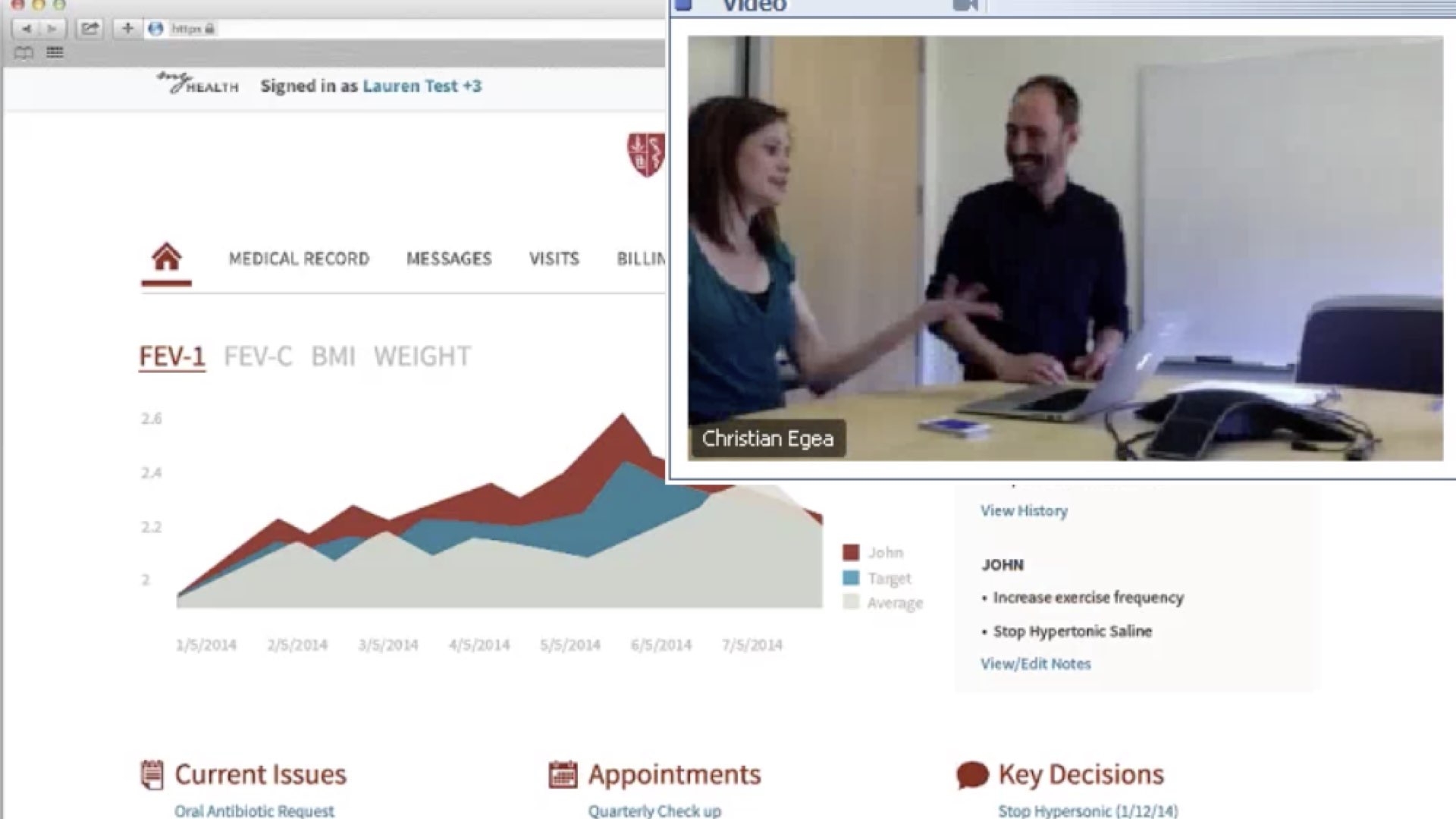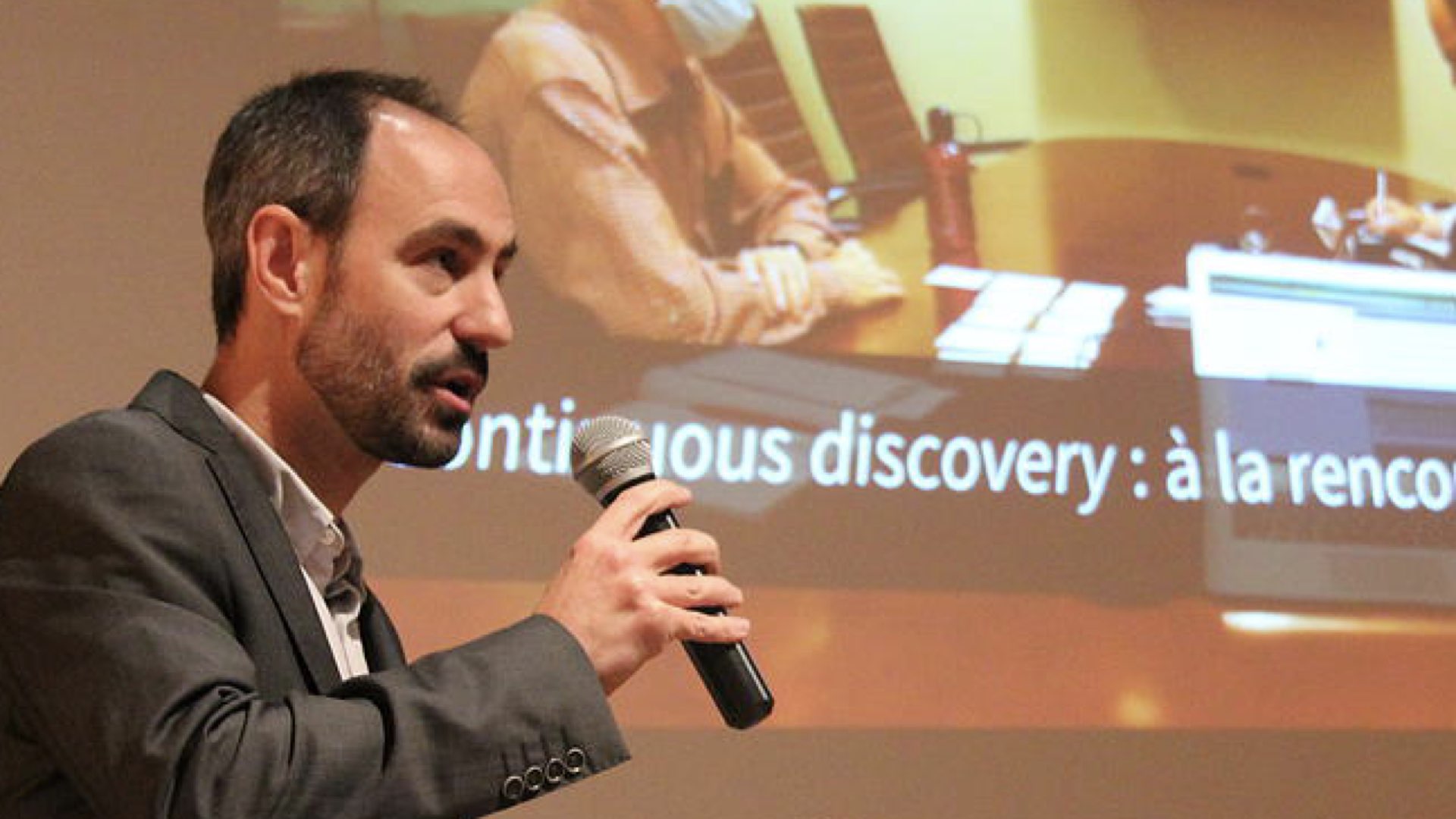Think Do
The above diagram depicts a human-centered process that revolves around the people for whom a product or service is intended. Design, product management, engineering and other discipines must collaborate to ensure the organizationʼs success by meeting and exceeding customer expectations. This cross-functional collaboration must be concurrent and iterative. In short cycles of continuous learning the team alternates between abstract thinking and concrete making.
- Learn: formulate a hypothesis. Based on currently available knowledge and context, a cross-functional product team composed of business (what’s viable), technology (what’s feasible), and design (what’s fulfilling for both customers and the business), targets the highest priority problem and, together, makes an educated hypothesis about how to innovate from a current state to a new, improved state.
- Build: create an experiment to validate your hypothesis. The team transforms their abstract hypothesis into a concrete, but as-cheap-as-possible experiment that simulates the potential solution to the problem so it can actually be tested (validated) with people who represent the intended audience.
- Measure: run the experiment and measure the validity of your hypothesis. The team meets with five people who represent the intended audience and runs the experiment. Two team members moderate the interview while other members observe remotely and take notes. Interview moderators guide interview participants through the experiment, asking open questions and probing to better understand WHAT the participant is thinking and doing and WHY. The point is not to focus on people’s opinions; the point is to objectively understand their behavior as they engage with your hypothetical solution and measure the degree to which their behavior matches the team’s expected outcome(s).
I help teams cultivate such iterative and adaptable approaches to innovation (e.g. Agile, Lean UX, GV Sprint) that are people-centered, data-informed, business-intelligent, and implementation-aware. Practicing a collegial style of leadership, I thrive on cross-functional collaboration and lead by example. Through design strategy, empathy, teamwork, craftsmanship, and technical ability, I help deliver fulfilling experiences with products and services that are effective, meaningful, and pleasurable.
- Creative Problem-Solving
- Innovation Facilitation
- Sketching & Prototyping
- Design Research & Validation
- Continuous Learning
Generative Research Interviews
Stanford Health Care, MyHealth Patient Application

Visual Scenarios and Storytelling
Storyboard sketch for an automobile innovation project.

Rapid Prototyping
Lo-fi paper prototypes for Stanford Health Care, MyHealth Patient Application.

Interactive Prototypes & Design Communication
Hi-fi dynamic prototypes with HTML, Sass, jQuery, and Git serving both user validation and design documentation.

Evaluative Research, Customer Validation
Prepare and conduct regular and continuous customer validation, here for Stanford Health Care, MyHealth Patient Application.

Evaluative Research, Help Desk Validation
Prepare and conduct regular and continuous validation with customer support representatives, here for Stanford Health Care, MyHealth Patient Application.

Workshops for Education
Workshop with Stanford Health Care, ITS Education (in-house training), on principles of human-centered design within an Agile / Lean process.

Thought Leadership
Speaker, Club Innovation by Design, Paris, January 2015. Invited to present on the topic of building a design culture and digital experience at Stanford Health Care.
